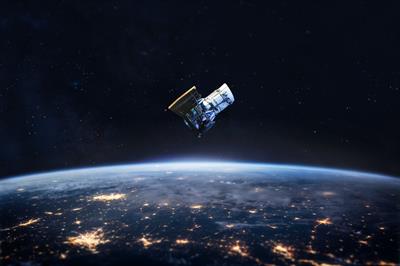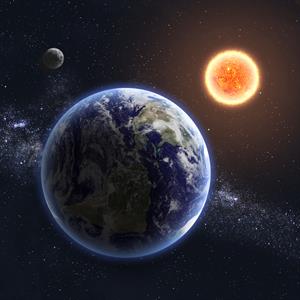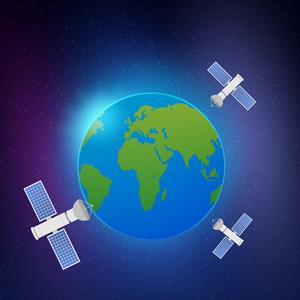PDF chapter test TRY NOW
A luminous heavenly body (Astronomical body) that radiates energy is called the star.
We can see nearly 3000 stars in the night sky directly and many more with a telescope's help. A small dots of light seem to us are the stars positioned remotely, and these lights do not reach us in the straight-line path due to atmospheric disturbances. Because of this, the stars appear to twinkle. The Sun is the nearest star to the Earth. The next closest star is Alpha Centauri.
The observable Universe contains an estimated stars, but most are unseen to the naked eye from Earth, including all stars outside our galaxy, the Milky Way.

Satellite
A satellite is an object in space that orbits or circles around a bigger object (Planets).
There are two kinds of satellites:
- Natural Satellites (such as the moon orbiting the Earth).
- Artificial Satellites (such as the International Space Station orbiting the Earth).

Natural Satellites:
Natural satellites are the objects which are orbiting around the planets.
They are also called as moons. Most of them are spherical, and it is different from asteroids or meteors, which are all captured by the intense gravity of a planet.
Besides mercury and Venus, all planets in our solar system have moons.
Earth has only one moon, whereas planets like Jupiter and Saturn have more than 60 moons.

Artificial Satellites:
Artificial satellites are human-made objects placed in an orbit to rotate around a planet – usually the Earth.
Artificial satellites, however, did not become a reality until the mid-20th century. The first artificial satellite was Sputnik, a Russian beach-ball-sized space probe that lifted off on Oct. 4, 1957.
Aryabhata was the first satellite launched by India.

Application of Artificial Satellites:
- Television and Radio transmission
- Investigation of agriculture yield
- Identifying Mineral resources
- Weather forecasting
- Locate different places on earth.
